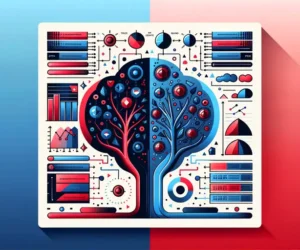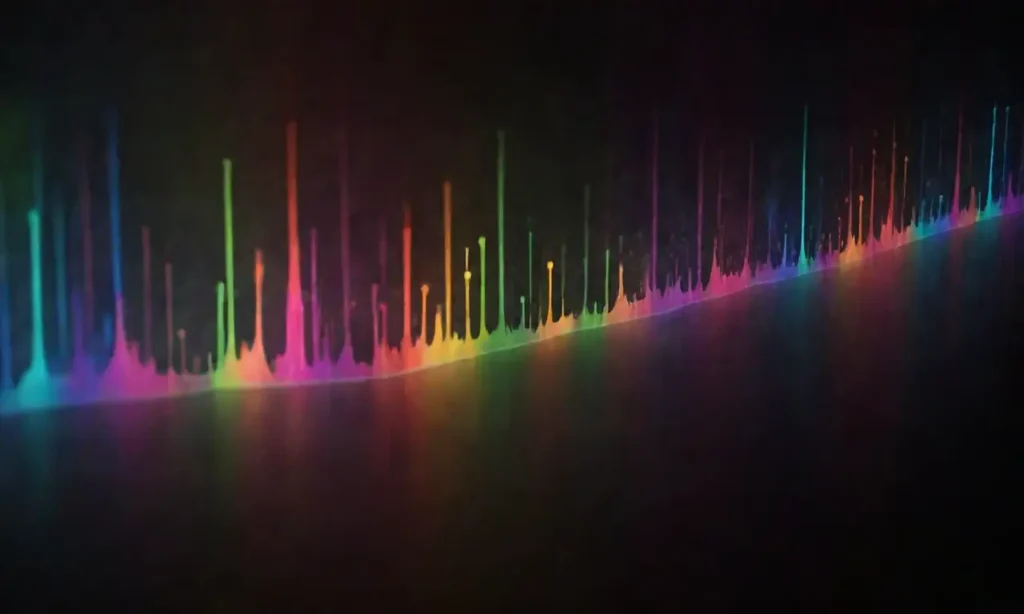
Exploring Neural Networks for Autonomous Music Composition Techniques

Introduction
In recent years, the intersection of technology and creativity has paved the way for innovative developments in various fields, including art, literature, and particularly, music. One of the most captivating advancements in music composition is the use of neural networks. Neural networks, a subset of artificial intelligence (AI), can analyze vast amounts of data, learn patterns, and even generate new compositions based on the learned information. This application of technology has opened a world of possibilities for composers, musicians, and enthusiasts, allowing them to explore new creative avenues.
This article aims to delve deep into the burgeoning field of autonomous music composition using neural networks. We will explore the fundamental concepts of neural networks, discuss various techniques utilized in music composition, and highlight notable examples of this technology in use. Additionally, we will examine the implications for the music industry, the fusion of technology and human creativity, and the future prospects that lie ahead.
The Basics of Neural Networks
Neural networks are structured systems inspired by the human brain's architecture. They consist of layers of interconnected nodes or "neurons" that process and analyze input data. These networks learn through a process known as training, where they adjust the connections between neurons based on the data they encounter. Essentially, neural networks can recognize patterns, making them apt for various tasks, including image and speech recognition, natural language processing, and, importantly for us, music composition.
Understanding Neural Network Architectures
Neural networks come in various architectures, each tailored to specific tasks. The most common types include:
Building Your First AI Music Generator with Open Source LibrariesFeedforward Neural Networks: These are the simplest neural networks, where the input data moves in one direction—from input to output—without any cycles or loops. They are often used for straightforward tasks where predictions are made based on fixed inputs.
Recurrent Neural Networks (RNNs): These networks have feedback loops, allowing them to retain information about previous inputs. RNNs are particularly effective for time-series data, such as music, as they can capture temporal dependencies and context, making them suitable for sequential data like melodies and rhythms.
Long Short-Term Memory Networks (LSTMs): A special kind of RNN, LSTMs are designed to learn long-term dependencies effectively. They utilize a more complex architecture with memory cells and gates, which enables them to maintain information over more extended periods. This feature is vital in music composition, where understanding context over multiple notes is crucial.
Training Neural Networks for Music Composition
Training a neural network involves feeding it large datasets containing examples of music compositions. These datasets may consist of MIDI files, audio samples, or symbolic representations of music. The network learns to associate patterns with specific musical elements, such as harmony, melody, and rhythm.
Using Constraint Satisfaction in Algorithms for Music GenerationVarious techniques are employed during the training process, including:
Backpropagation: This algorithm helps adjust the weights of connections between nodes based on the difference between the predicted outputs and the actual outputs. As the training progresses, the model learns to minimize this error, leading to more accurate predictions.
Loss Functions: A critical component of the training process, loss functions quantify how far off the neural network's predictions are from the actual outputs. By minimizing this loss, the network learns to generate compositions that are more in line with existing styles or desired outputs.
Data Augmentation: This technique involves creating variations of training data to improve the model's robustness and generalization. For example, altering a piece of music's tempo or key can produce additional training examples, enriching the dataset and helping the network learn more diverse musical styles.
Interactive Music Generation: Algorithms that Learn from User Input
Techniques in Autonomous Music Composition
As neural networks gain traction in music composition, various techniques have risen to prominence, each contributing to the field in unique ways. These techniques often overlap and combine to create richer and more diverse compositions.
Generative Adversarial Networks (GANs)
Generative Adversarial Networks (GANs) are a notable and revolutionary approach involving two competing neural networks: the generator and the discriminator. The generator creates new data (in our case, music compositions), while the discriminator evaluates them against real data, determining whether the compositions are authentic or generated.
The interplay between these networks creates a feedback loop where the generator improves its output based on the discriminator's assessments. Music generated using GANs can closely mimic existing genres, styles, or even individual composers, making them a powerful tool in the hands of musicians.
Variational Autoencoders (VAEs)
Variational Autoencoders (VAEs) are a generative model that learns to encode input data into a compressed representation before decoding it back to its original form. In music composition, VAEs can generate new pieces by sampling from a learned distribution of musical characteristics found in the training data.
Exploring Variational Autoencoders in Music Composition WorkflowsVAEs allow composers to manipulate musical characteristics—changing the style, mood, or instruments—by adjusting the latent variables during sampling. This flexibility empowers musicians to explore diverse variations of a musical idea before settling on a specific composition.
Reinforcement Learning in Music Composition
Another exciting approach is the use of reinforcement learning, where neural networks learn to compose music by interacting with an environment. The network receives rewards for generating compositions that align with certain criteria—such as emotional impact, originality, or adherence to musical theory—allowing it to fine-tune its creative outputs.
In this method, the training process can be guided by human feedback, where professional musicians or composers rank the generated pieces. This interaction not only elevates the quality of the outputs but also offers a collaborative approach to music generation, prompting a fascinating synergy between human creativity and AI-driven composition.
The Impact on the Music Industry

The advent of neural networks in music composition signals a transformative shift in the music industry. Artists, producers, and musicians are beginning to leverage these technologies to broaden their creative horizons, leading to new genres and styles while redefining conventional roles within the industry.
Democratization of Music Composition
One of the notable implications of this technology is the democratization of music composition. With accessible software tools and platforms powered by neural networks, aspiring composers without formal musical training can create compositions at a fraction of the cost and time it would traditionally require. This accessibility not only fosters creativity but also introduces a new wave of diversity in musical expression, allowing individuals from various backgrounds to contribute to and influence the musical landscape.
Enhancing Human Creativity
Rather than replacing human creativity, neural networks serve as collaborators that enhance and augment the creative process. Musicians can utilize AI-generated compositions as starting points, providing fresh ideas and inspiration that they can expand upon, refine, or integrate into their work. This collaborative relationship invites a more fluid approach to music absorption and production, blending human emotion with the analytical capabilities of AI.
Challenges and Ethical Considerations
Despite the advantages, the integration of neural networks into music composition raises ethical considerations. Issues regarding ownership and copyright arise when it comes to AI-generated music. Who owns the rights to a composition produced by an algorithm? Can a piece composed by a neural network be considered art in the same way as human-created works? Establishing frameworks to address these questions is crucial as the technology continues to evolve and proliferate throughout the industry.
Customizing AI Models for Genre-Specific Music Generation OutputsConclusion
As we explore the world of neural networks for autonomous music composition, it becomes increasingly evident that we are at the cusp of an exciting and transformative era. Neural networks possess the potential to revolutionize music creation, empowering both aspiring and established musicians to explore innovative compositions and collaborate in creative endeavors like never before.
Through techniques like GANs, VAEs, and reinforcement learning, artists gain powerful tools to develop compositions that blend the triumphs of human creativity with the analytical strengths of AI. While the implications for the music industry are vast and multifaceted, they embody both promise and challenge, calling us to navigate the complexities of ownership and creativity in a rapidly evolving landscape.
As we look to the future, the question persists—how will composers, musicians, and the industry itself adapt to this new reality? Will neural networks inspire novel genres, breaking traditional boundaries, or will they merely reflect existing paradigms? The answers lie in our capacity to embrace technology while remaining connected to the rich tapestry of human artistic expression that defines music. As we embark on this journey, one thing is clear: the harmony between man and machine in music composition is a landscape waiting to be fully discovered.
If you want to read more articles similar to Exploring Neural Networks for Autonomous Music Composition Techniques, you can visit the Music Generation category.



You Must Read